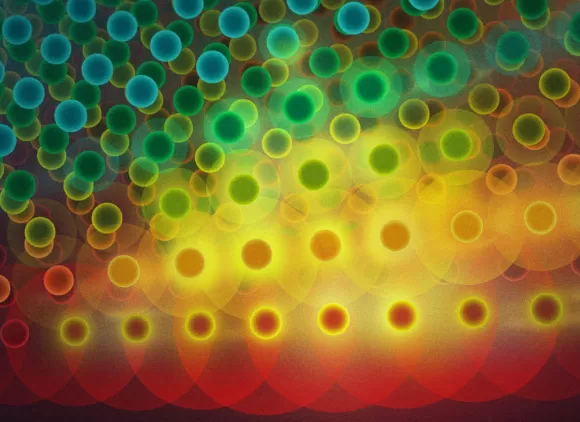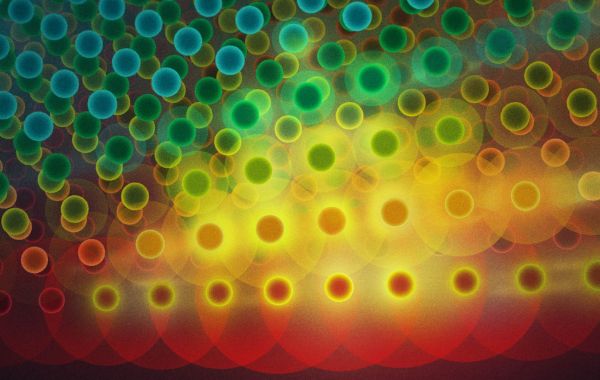About the series
Talk Abstract: The promise of wireless power transfer is exciting: cable-free operating rooms, battery-less drones, and factories populated by untethered robots. In short, a technological revolution. Some of the fundamental principles of wireless power have been fully elucidated: any system of transmitting/receive antennas is quantitatively described by an impedance matrix, the activity of matching the load impedance to the radiation impedance of the receive antenna is inconsistent with maximizing transfer efficiency, and efficiency-maximizing antenna currents are solutions to a generalized eigenvector/eigenvalue problem. But it is safe to say that our understanding of wireless power is very much incomplete, and there is considerable scope for breakthrough research, for which possible directions include metamaterials, superconductivity, new forms of MIMO, and super-directivity. U.S. industry and universities are not doing enough bold, fundamental research to make this happen. Funding agencies could improve the impact of universities through a redirection of research metrics to embrace risk and emphasize potential impact. Lack of working knowledge of electromagnetic theory is a serious obstacle to the contribution of many communications and signal processing researchers. To remedy this, I have developed a new graduate course at NYU, "A Linear System Approach to Wave Propagation", which replaces the traditional physicist's treatment of Maxwell's equations, based on potentials and the method of separation of variables, with a frequency/wavenumber Fourier transform solution better suited for engineering problems.
Bio: Thomas Marzetta is Distinguished Industry Professor at NYU Tandon School of Engineering, ECE Department, and Director of NYU Wireless. Born in Washington, DC, he received the PhD and SB in Electrical Engineering from Massachusetts Institute of Technology in 1978 and 1972, and the MS in Systems Engineering from University of Pennsylvania in 1973. Prior to joining NYU in 2017, he had three industrial research careers: petroleum exploration (Schlumberger-Doll Research, 1978–1987), defense (Nichols Research Corporation, 1987–1995), and telecommunications (Bell Labs, 1995–2017). At Bell Labs, he directed the Communications and Statistical Sciences Department within the former Mathematical Sciences Research Center, and he was elected a Bell Labs Fellow. He originated Massive MIMO, one of the cornerstones of fifth generation wireless technology. He is lead-author of the book “Fundamentals of Massive MIMO”.
Prof. Marzetta was elected a member of National Academy of Engineering in 2020. Additional recognition for his contributions to Massive MIMO include the 2019 Radio Club of America Armstrong Medal, the 2017 IEEE Communications Society Industrial Innovation Award, the 2015 IEEE Stephen O. Rice Prize, and the 2015 IEEE W. R. G. Baker Award. He was elected a Fellow of the IEEE in 2003, and he received an Honorary Doctorate from Linköping University, Sweden, in 2015.
Register in advance for this webinar:
https://nsf.zoomgov.com/webinar/register/WN_bu-TYmOBQbmH-YyXrastWQ
Join by Phone: 1 669 254 5252
Meeting ID: 161 336 5966
Passcode: 312285



